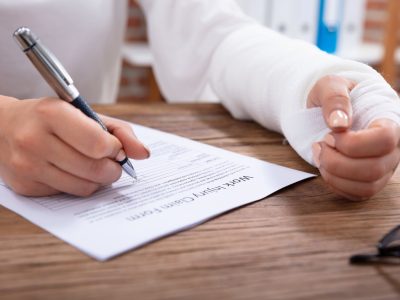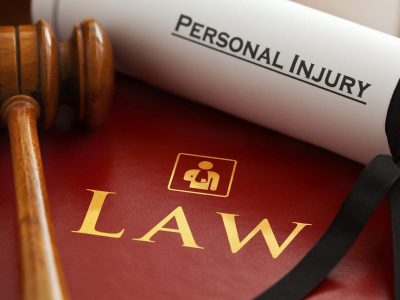
Are you considering filing a personal injury claim? Is your injury of such a nature that you can prove that a third-party is responsible for the injury to your person? If so, do you know how to go about submitting the claim application in the civil court?
What is a tort, and how does it relate to the tort law?
Before we answer these questions, let’s look at a brief definition of a personal injury or tort, as well as what the tort law requires the plaintiff to prove.
At this juncture, it is vital to note that the terms “tort” and “personal injury” have precisely the same meaning, and they are used interchangeably. The same applies to the terms “tort law” and “personal injury law.”
Therefore, the definition of a tort or personal injury is as follows:
A personal injury is a “legal term for an injury to the body, mind or emotions, as opposed to an injury to property.”
And the personal injury law is the set of statutes that govern the application and settlement of personal injury claims. The tort law’s fundamental intentions are to “provide relief to injured parties for harms caused by others, to impose liability on parties responsible for the harm, and to deter others from committing harmful acts.”
The personal injury law: steps to take when filing a personal injury claim
It is vital to note that every case is different; therefore, the first step is to consult a Rochester personal injury attorney before attempting to file the claim yourself.
Statistically speaking, only 4% of personal injury claims end up going to trial. The majority of cases are settled out of court because they are notoriously tricky, time-consuming, and costly to argue and defend in court. Thus, the attorneys and insurance adjusters for both the plaintiff and the defendant, respectively, would instead settle the matter out of court.
Once you have hired an attorney to manage your case, here are the rest of the steps that must be followed:
Investigation
Once your attorney has been retained, the first step is to conduct a comprehensive and independent investigation of the claim’s details, including the accident scene, witness testimony, police reports and photographs, medical bills and records, and your employment history, and your earning power.
Demand package
This step involves a demand for the settlement of the claim, and a rather lengthy document detailing the case as well as the liabilities and damages, including the medical bills, lost wages, injuries, pain, and suffering, are drawn up and sent to the defendant.
The defendants or their legal representatives will then respond in one of the three following ways: accept or reject the offer or submit a counteroffer.
Final thoughts
In most instances, this is where the process ends. The two sets of attorneys negotiate a settlement, and the case is concluded. Unfortunately, in a case where an out-of-court agreement is not reached, a personal injury claim will be filed in the civil court, and the matter will then go to trial.











